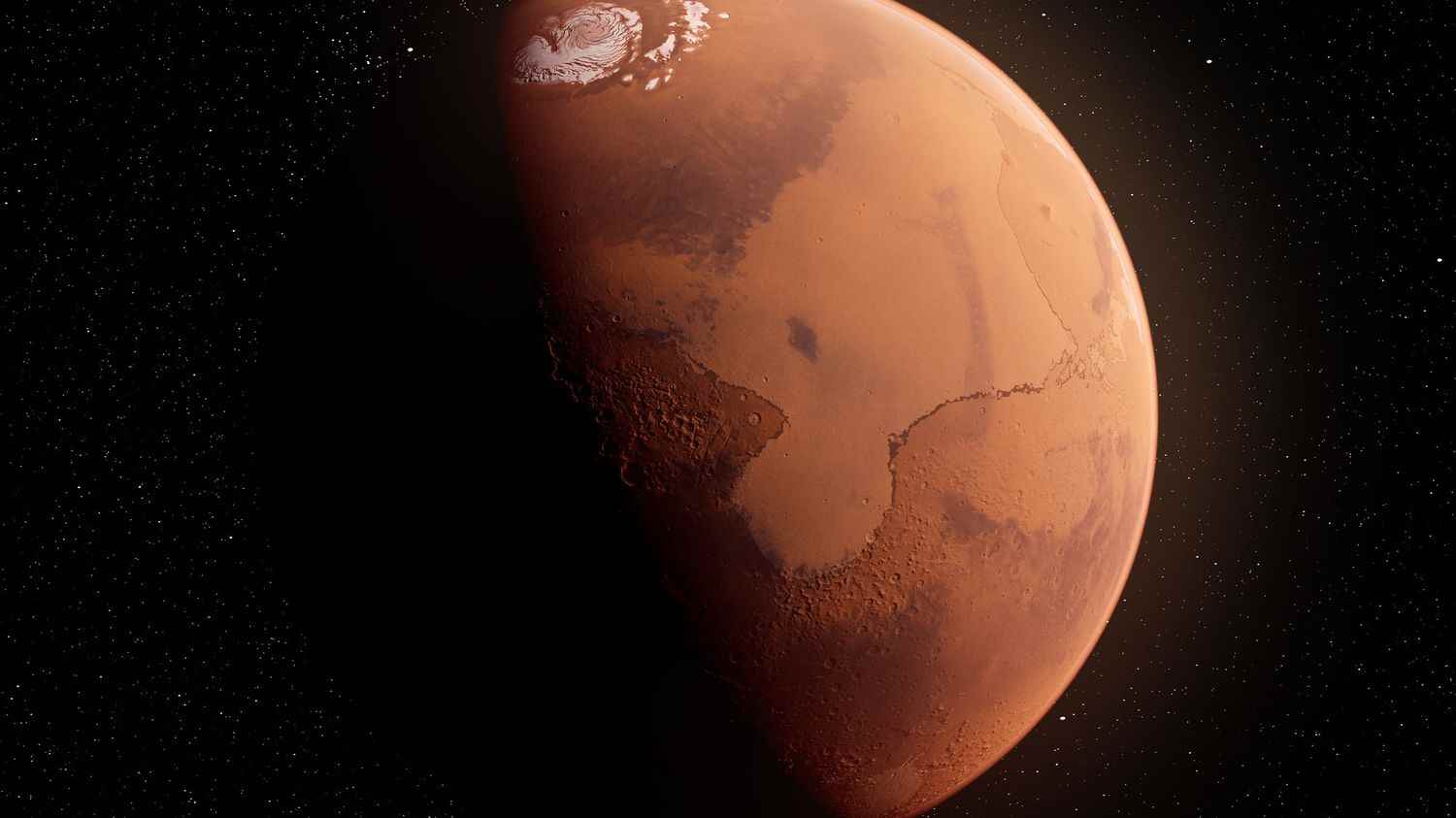Direction the planet Mars with Mathilde Fontez, editor-in-chief of the scientific magazine Epsiloonfor a key Mars mission experiment, while waiting for the Artemis mission, which was postponed last week, to finally lift off to the Moon.
franceinfo: NASA succeeded in producing oxygen on the red planet?
Mathilde Fontez: 50 small grams of oxygen yes. This is little. That would allow an astronaut to breathe for only a hundred minutes. But that’s already it. It proves that it works: yes, it is possible to produce oxygen on the planet Mars. It will not be useless to go there – and that is the project: the Artemis mission which aims to send humans to the Moon, according to NASA, is an intermediate stage.
And oxygen is a key point of the Martian mission: to give air to the astronauts, but not only. Also to propel the module that will bring them back to Earth. Yes, oxygen is also a fuel. According to estimates, it takes 31 tons to launch 6 people from Mars. More breathing, and maneuvers in space. The addition is salty: 500 tons will be necessary for a Martian mission in full. Hence the idea of trying to produce oxygen on site.
It’s made from the Martian atmosphere?
From CO2, which makes up 95% of the atmosphere of the red planet. We could make oxygen with ice too, this is the option chosen for the Moon for example, which has no atmosphere. But for Mars, CO2 is much more accessible: no need to harvest it, transport it, melt it. it is available everywhere.
And technically, it’s quite simple to extract the oxygen atoms from a molecule of carbon dioxide. It is done by electrolysis. The main constraint is that it has to be heated to 800 degrees. But we had to check that it really works, under Martian conditions.

Where did the idea for this test, carried out by NASA, come from?
That’s the idea yes. The technology is called Moxie, it was developed by a team at MIT, and put into the Perseverance rover, which arrived on Mars in 2021. As soon as the rover started working, Moxie began testing . And today, MIT engineers take stock: it worked in all Martian conditions: the different seasons, night, day.
The device resisted temperature variations of more than 100 degrees, variations in the density of Martian air. In short, he held up. He was able to produce 6 grams per hour. This is equivalent to the production of a small tree.
We will have to change scale for the real Martian mission ?
Yes, it will take a system hundreds of times larger. But the engineers are confident. According to their calculations, the change in scale should actually make the process more efficient. It has therefore been demonstrated: this critical function – producing oxygen – is now mastered. Now it remains to tackle all the other technical challenges of a manned mission to Mars…
